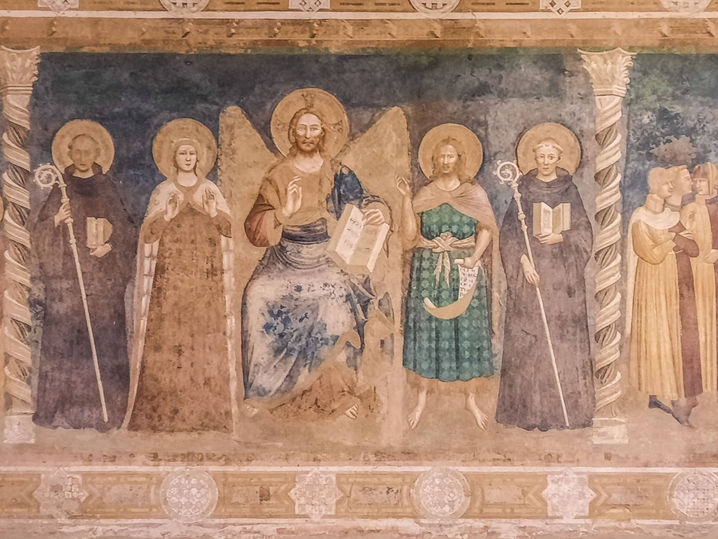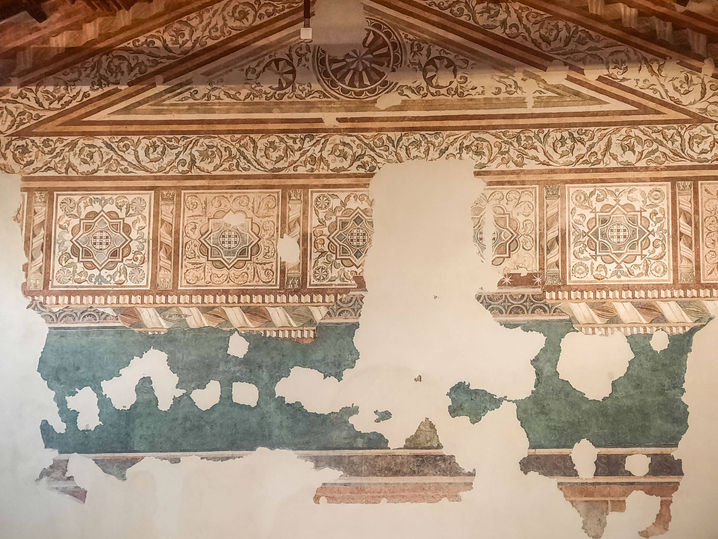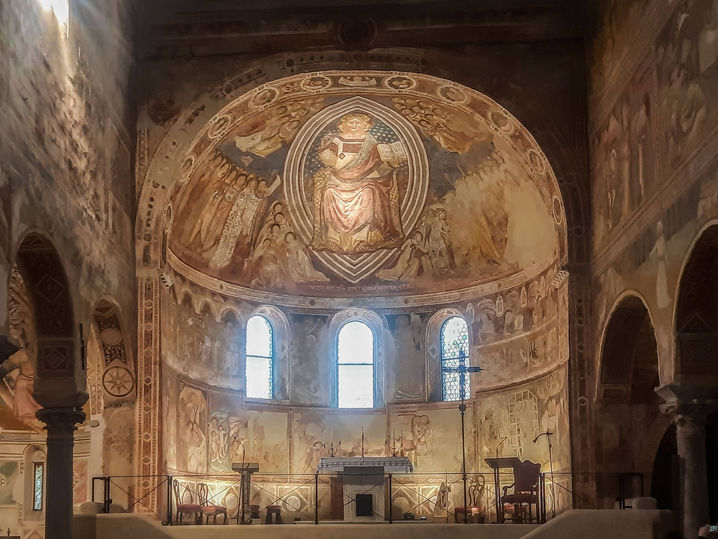Impressions of Emilia Romagna, Italy
To whom the words 'parmesan', 'Ferrari', 'Bolognese sauce' and 'prosciutto' do not ring a bell? And then the second question: who of all can locate 'La Regione di Emilia Romagna' on the map of Italy? And yet, it all goes together: the cities of Parma, Reggio and Modena, co-capitals of parmigiano and prosciutto production; Modena, home town of the iconic red Ferrari race cars, and Bologna where an education at one of Europe's oldest and most significant universities is at least as important in life as a daily plate of spaghetti bolognese. The listing needs to go on, though, because how could we ignore historical cities like Ferrara and Ravenna, which once, after the fall of Rome and the West Roman Empire, resolutely assumed the role of sparkling capital for the Italian and Western territories which Byzantium had managed to safeguard from falling into 'barbarian' hands.
And then, there are the more rural areas of Emilia Romagna, the villages with a medieval castle, invariably converted within a century of their construction, from a sturdy defence structure into a luxurious palace, where the armoury and ammunition deposits had to give way to delicate frescos, rich libraries and refined music salons. No surprise that Verdi, Toscanini and Pavarotti were sons of this region. No surprise either that artists like Correggio, Bernini and so many other talented artists regularly worked here for noble maecenas families who ruled over the Duchies and boroughs, the borghi in the valleys between Milan and the Adriatic coast, from the deep Middle Ages to the middle of the 19th century, when Italy was finally united into one country.
In sum, get some small cuts of prosciutto and granular parmigiano out of the fridge, put on Puccini's 'Nessun Dorma' sung by Luciano Pavarotti and you are all set to join us on a magnificent voyage through one of the most inspiring and complete regions of what is truly 'La Bella Italia'.
Before visiting the place of your choice:

© 2020.Created by Marc Van den Reeck with Wix.com





















